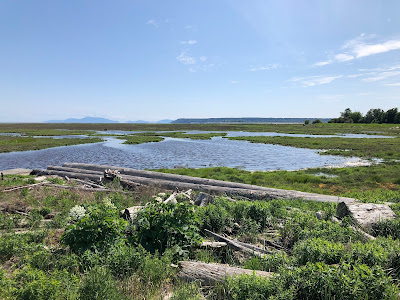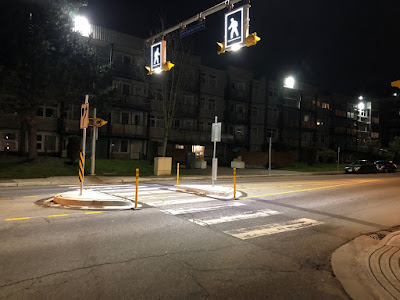When most people think of financial surpluses, putting money into bank accounts and investments is something that likely comes to mind.
In Langley City, we had a $12.7 million surplus in 2017 and an $11.3 million surplus in 2018. Does this mean that the City is placing tens of millions of dollars into savings accounts and investments every year, all while claiming we have limited financial resources? Absolutely not!
Municipal financial plans have two kinds of expenses: operating expenses and capital expenses. Operating expenses are for things that generally occur every year such as paying employee salaries, painting lines on the road, and paying Metro Vancouver for water and sewer.
Capital expenses generally occur for one-off items that generate a tangible asset. Tangible assets include things like roads, water pipes, sewer pipes, streetlights, playground equipment, park trails, and garbage cans.
When you look at Langley City’s “Expenses” of $45.3 million in 2018, these were operating expenses. The surplus section is mostly capital expenses; creating and renewing tangible assets.
So, what was the breakdown of Langley City’s accumulated surplus at the end of 2018?
$3.9 million was an operating surplus. This can occur due to things like snow removal budgets being used less than expected. This also occurs due to staff vacancies that occur during the years, and when new staff positions are created. Any operating surplus is generally transferred into reserve accounts where the surplus can then be used for capital expenses.
$34.9 million is Langley City’s reserve accounts. These accounts are generally used for acquiring capital assets.
Because some projects can take multiple years to complete, when council allocates funding for a capital project in a year, it doesn’t mean that the project will be completed within that same year.
For example, council is planning to upgrade Glover Road to include safer bike lanes. Each year, we are adding to our reserve accounts for this project until we have enough money to complete the project.
Once a project is completed, its dollar value is converted into “equity in tangible capital assets.”
In Langley City, we have $257.9 million in these tangible capital assets at the end of 2018. This represents 87% of our accumulated surplus.
This is the book value of our capital assets. For example, if we spend $10 million on a road project, and that road had an expected life of 20 years, each year $0.5 million would be taken out of the accumulated surplus.
If a city’s accumulated surplus is going down in value, the city's assets are falling into a state of disrepair. Even if a city’s accumulated surplus is increasing, it doesn’t mean that the state of a city’s infrastructure is healthy.
If there was no increase in population and no new development, the accumulated surplus should grow at the rate of inflation. Because of population increase and development, the accumulate surplus should grow at a rate higher than inflation.
In Langley City, our accumulated surplus is growing at the rate of inflation. This means that more investment is needed to keep all our existing infrastructure in a state of good repair. This is why we are now working on an asset management plan.
In a healthy community, the accumulated surplus should be increasing year-over-year. While some of this surplus is investments and cash that will be used to pay for things such as roads, pipes, and parks, the majority of this surplus represents the infrastructure that already existed in a community.



























